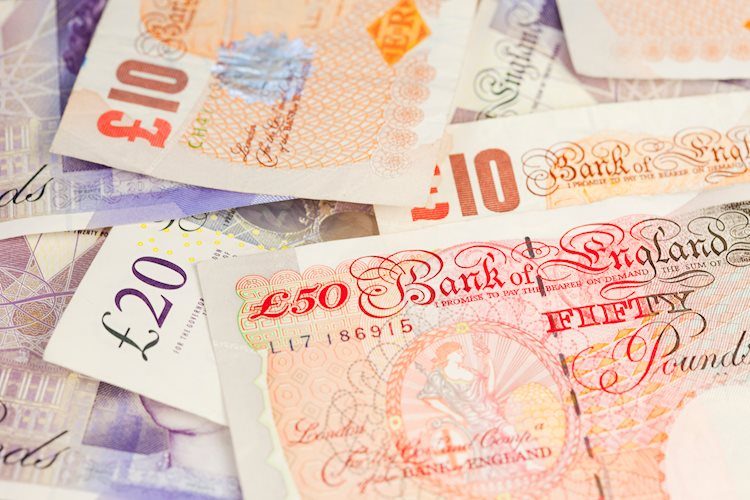GBP/USD soared to a multi-year high on Thursday, reaching a 31-month high at 1.3434, fueled by weakness in the US Dollar. Despite a lack of data from the UK, the Pound Sterling continues to rally as risk appetite grows on the back of positive US economic indicators. The Federal Reserve’s recent rate cut has raised concerns among investors, but Fed Chair Powell reassured that it was a proactive move to support the labor market.
US economic figures such as Durable Goods Orders and Initial Jobless Claims have surpassed expectations, supporting the Fed’s decision to cut rates. The focus now shifts to Friday’s Personal Consumption Expenditure (PCE) inflation data, which will be crucial in determining the impact of the recent rate cut. While Cable remains on an upward trajectory, technical resistance levels are limited, leaving GBP/USD vulnerable to a potential downward correction.
The Pound Sterling, being the oldest currency in the world, plays a significant role in global foreign exchange transactions, with key pairs such as GBP/USD, GBP/JPY, and EUR/GBP. Monetary policy decisions by the Bank of England (BoE) are crucial in determining the value of the Pound Sterling, with interest rates being a key tool to maintain price stability. Economic indicators such as GDP, PMIs, and employment data also influence the direction of the GBP.
Trade Balance data is another important factor for the Pound Sterling, measuring the difference between exports and imports. A positive Trade Balance indicates a strong economy, attracting foreign investment and strengthening the currency. On the other hand, a negative balance can lead to a depreciation in the value of the Pound Sterling. Overall, a combination of monetary policy decisions and economic indicators determines the value of the GBP in the global markets.











